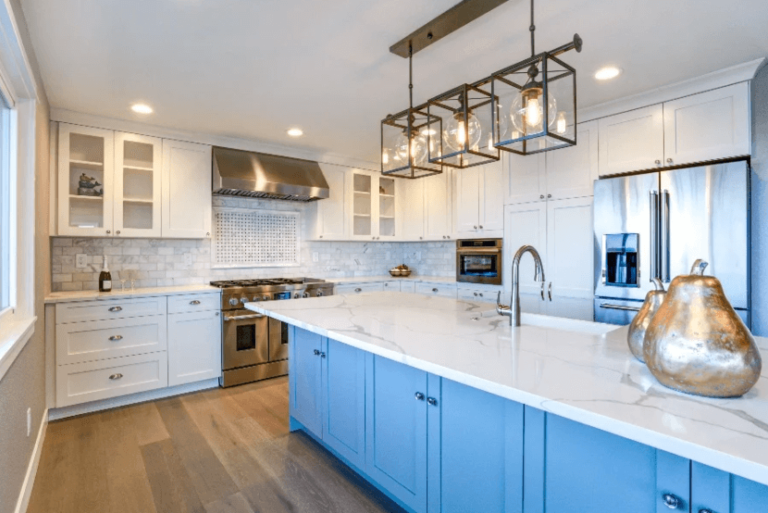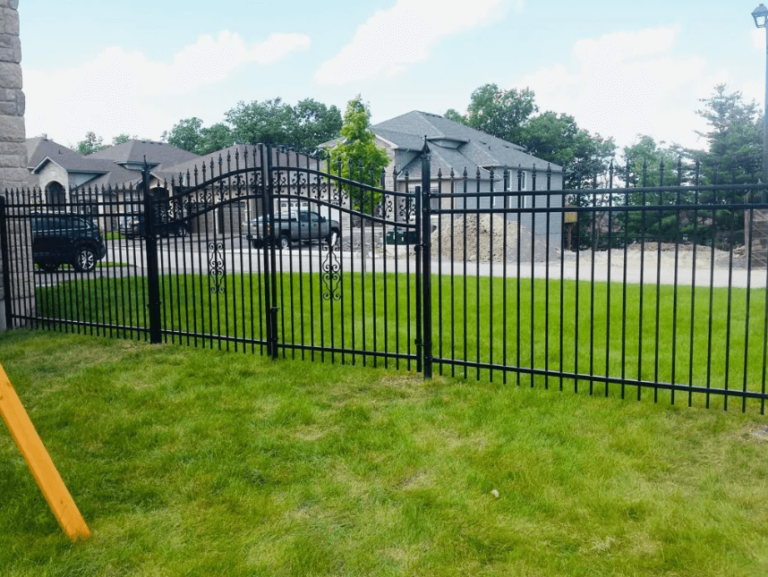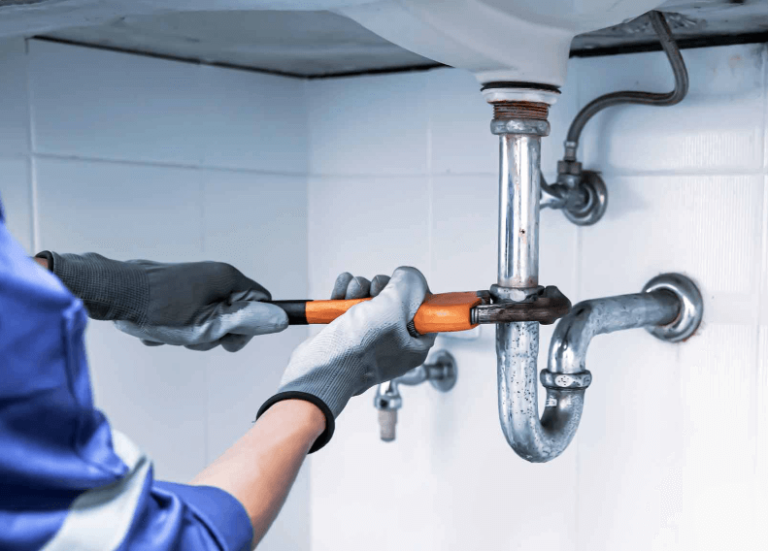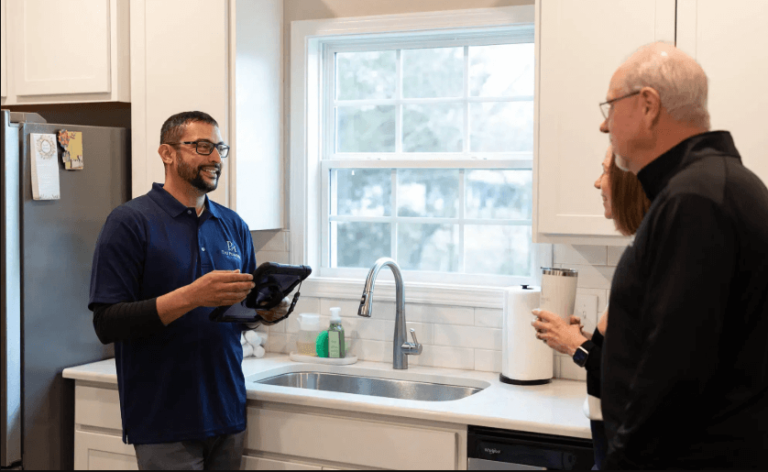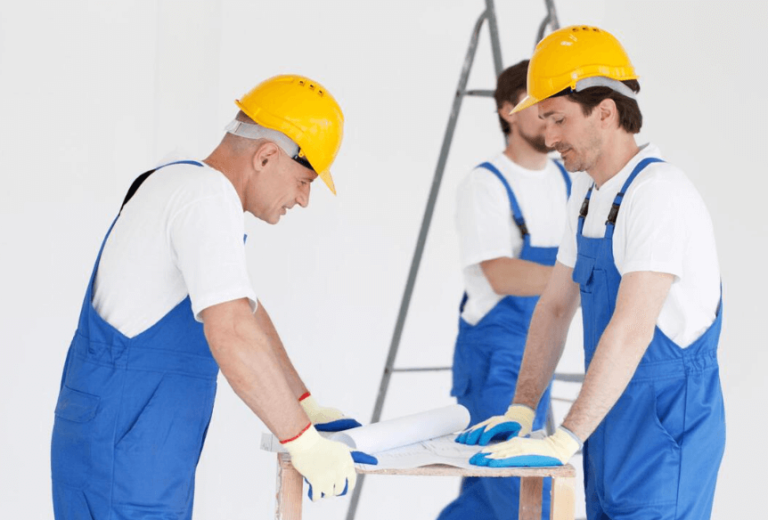How to Prepare Your Kitchen for Custom Cabinets
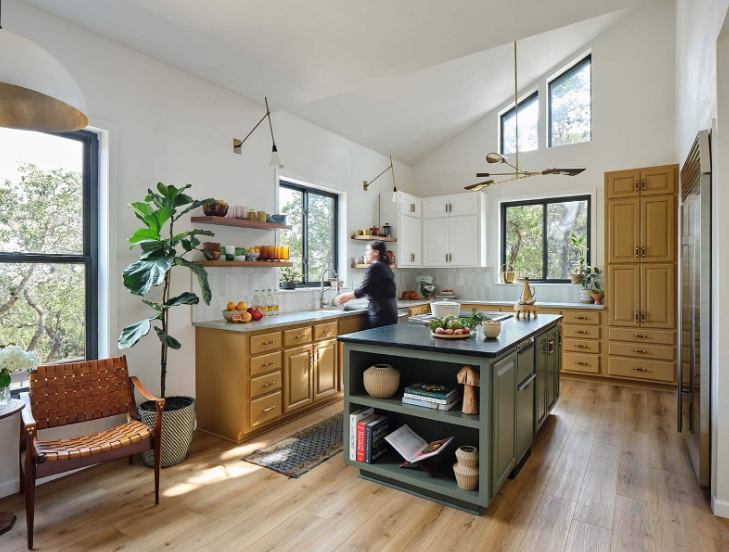
Custom kitchen cabinet installation enhances both the aesthetics and functionality of the kitchen. Proper preparation helps minimize disruptions and keeps the kitchen renovation on track for timely completion. Streamline the remodel by clearing out old cabinets, covering floors, and arranging temporary storage. Here are a few ways to prepare for your kitchen cabinets installation:
Declutter Your Kitchen
Remove everything from existing cabinets, drawers, and countertops before your new kitchen cabinet installation. Pack items in labeled boxes so you can easily unpack them later. Relocate appliances like toasters, coffeemakers, and microwaves to another part of your home where you can still access them. Move small kitchen gadgets, utensils, and food out of the workspace as well. Clearing the space lets workers access the area without obstacles. Evaluate donating or storing items you want to keep out of your new cabinets.
Protect Floors and Surfaces
Laying down protective material helps save your floors from scratches, dents, and other forms of damage due to foot movement and heavy kitchen cabinets. Cover adjacent open shelving and furniture to prevent dust from settling on them. Take down items on walls that are near the kitchen for safe storage during the construction process. It may also be helpful to protect your floors, as tools or debris can damage them on impact. Temporary protection planning helps maintain those surfaces intact for easy transition.
Confirm Measurements and Quality Materials
Have a professional take your kitchen measurements prior to installation to get accurate kitchen cabinets sizing and placement. Double-check those measurements against your project plans to confirm custom cabinet sizes will fit and the locations of heavy appliances, lighting, outlets, and any place electrical or plumbing lines align with the design. A pre-installation inspection also uncovers sloping floors, bulging columns, uneven walls, and other obstacles, such as moldings that create design changes or need updating and repairing. Going through the plans with your contractor saves on installation downtime by making changes before production.
Choose long-lasting, durable materials and finishes for your custom cabinetry to maximize its performance and longevity. Purchase solid hardwoods like cherry, maple, or oak for cabinets that perform better over repeated use and climatic fluctuation than particleboard or MDF designs. Long-lasting cabinet boxes and high-performance hardware provide smooth opening and closing without hassle. Select from a range of dividers, pullouts, hinges, shelves, and drawer slides engineered for years of heavy-duty use. Backed by quality materials and construction, they give your custom cabinets a lifetime of reliability.
See also: Transforming Your Home with Bespoke Fitted Kitchens – The Heart of the Home
Prepare Installation Day Access
Provide ample space for working vehicles by clearing your street parking lot and driveway if possible. Provide an inside path from the door to the kitchen to allow laborers clear passage to carry in large, heavy sections without obstruction. Keep children and pets away from the construction area by restricting them to other parts of the house, so they remain safe.
Having your home prepared means workers come and go with ease. Leave doorways, corridors, and stairwells unobstructed in order to provide clear passage. Facilitating free access to the site means that crews can concentrate on completing your new custom cabinets quickly.
Transform Your Kitchen Cabinets Today
Preparing for a custom kitchen cabinet installation minimizes disruptions during your renovation. Preparing your space for the project itself decreases damage and logistical challenges. Transform your kitchen cabinets with new cabinetry today.
